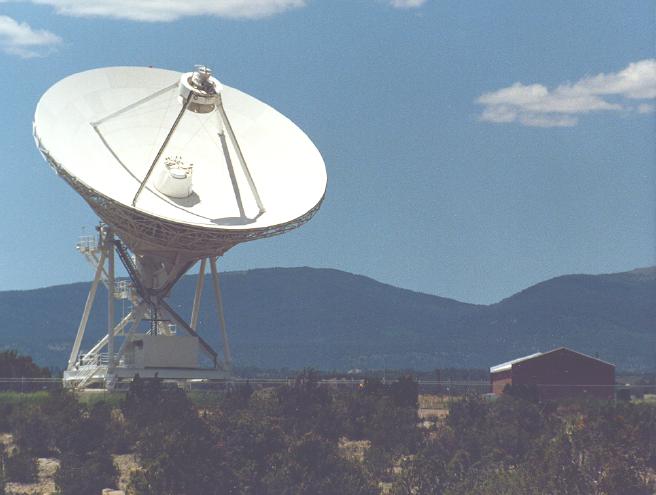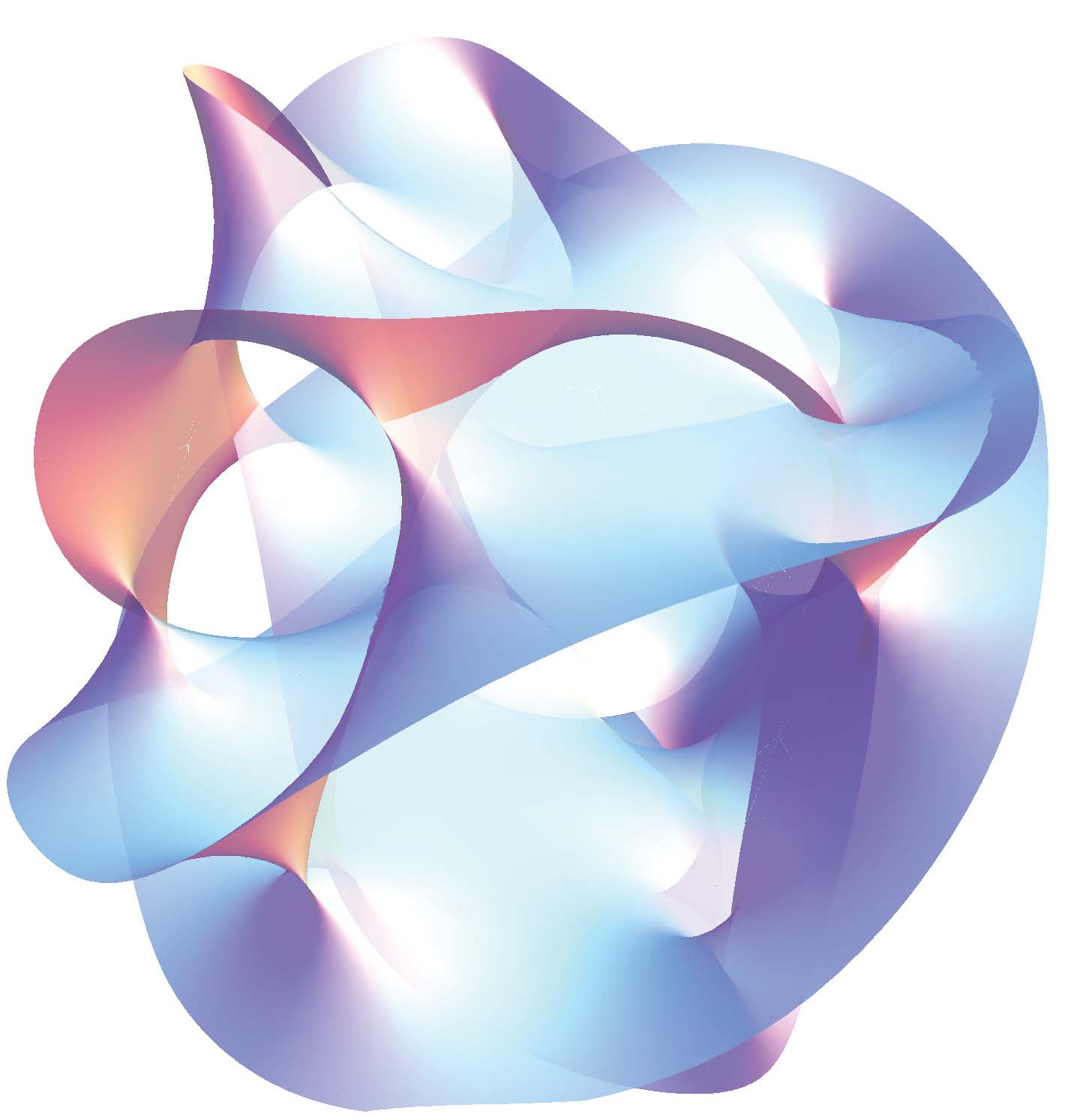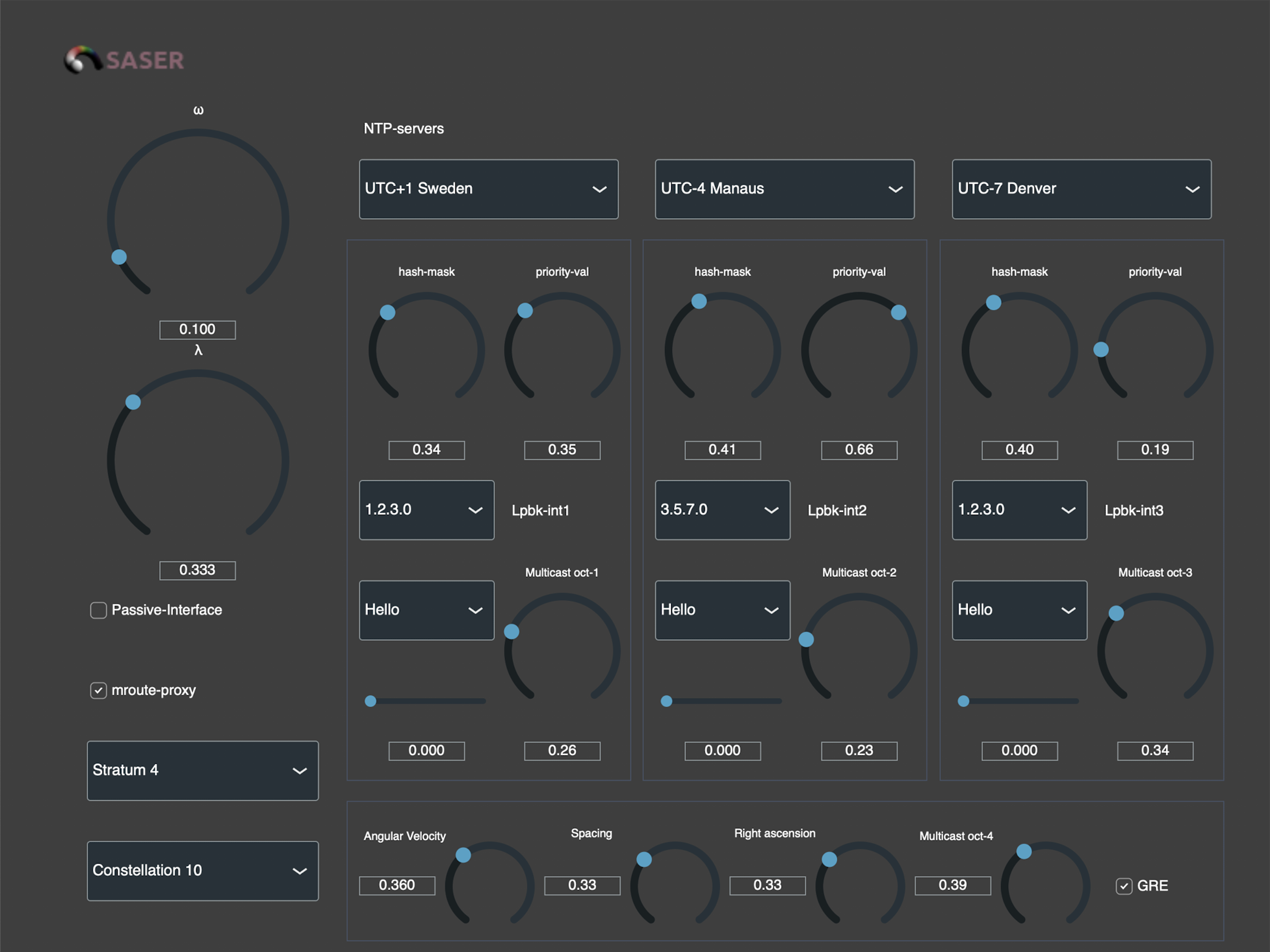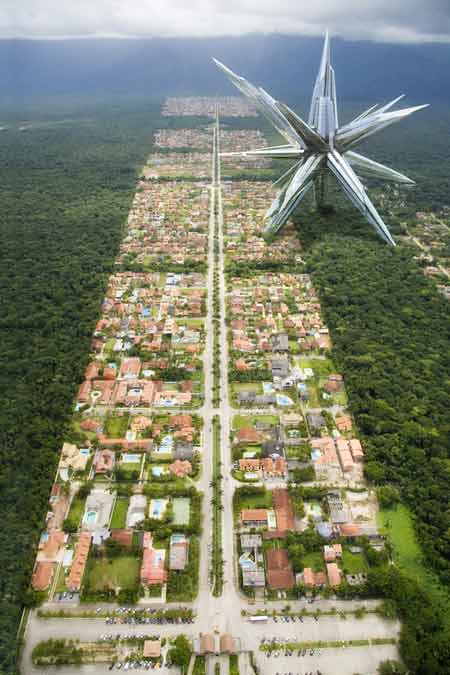Center for International Space Communications of Compositor Software A lot of water has flowed since the creation of the first autonomous mobile server based on the Doogee platform. Now, the main platform for testing and developing applications of Compositor Software is OUKITEL. It managed to achieve an unsurpassed stack of native applications. In the beginning, an autonomous mobile server on…




